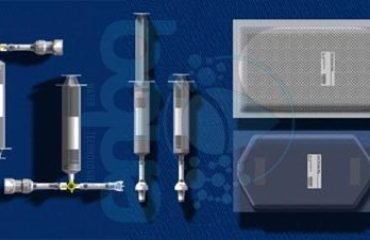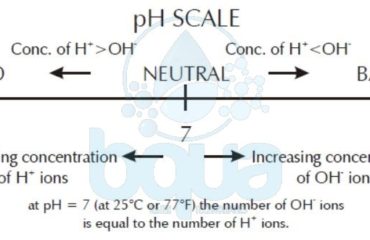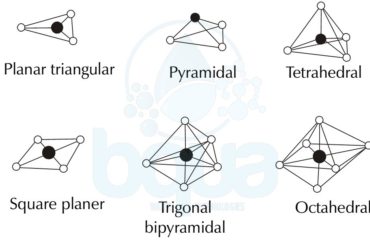Manganese and Iron in Water
Manganese and Iron in water have secondary MCLs (Maximum Contaminant Level) (SMCLs – Secondary Maximum Contaminant Level) of 0.05 and 0.3 mg/L, respectively. These SMCLs have been considered as safe limits to avoid the staining of plumbing fixtures and laundry, but experience shows that lower levels are desired to avoid difficulties. Targets of < 0.1 mg/L iron and < 0.02 mg/L manganese should be normal water quality goals.
Dissolved Manganese and Iron in water are normally in the reduced state (Fe II and Mn II) and can be removed by oxidizing to Fe III and Mn IV, where they will precipitate as Fe(OH)3 and Mn(OH)2. Precipitates are subsequently removed in sedimentation and/or filtration steps. Several oxidants are available for this process, namely, chlorine, chlorine dioxide, ozone, and potassium permanganate. They are also removed through conventional lime softening treatment. Most oxidants also react with organics in the water, so some testing is normally required to determine the appropriate dose.
Small well treatment water systems with excessive levels of iron and manganese often apply an oxidant, provide a period of detention for the reaction to take place, and then remove the precipitated Manganese and Iron in water with a pressure filter.
Cheapest way to remove iron from well water:
As discussed above, cheapest way to remove iron from well water is to use Chlorine as an effective oxidant for iron removal. Oxidation to Fe(OH)3 proceeds rapidly which is a Ferric Fe3+ Hydroxide (Iron III Hydroxide). Which is a precipitate of Red/Brown color that can be easily removed by a conventional cartridge filter (sedimentation/filtration). It is not as effective for manganese removal, however, at normal pH conditions. Chlorine is also used to maintain MnO2(s) coatings on filter media, which allows for the continuous removal of manganese through the filter bed.
Potassium permanganate, KMnO4, has often been used at treatment plants for oxidation of these two dissolved species. Potassium permanganate is best used at the front of the treatment works to allow contact prior to the introduction of other chemicals. The reactions have been found to be both pH- and temperature-dependent. Permanganate is also used for the regeneration of Manganese Green Sand filter media.
Green Sand Filter iron in water removal
Ozone has been used for Manganese and Iron removal from water because it is effectively used for iron and manganese oxidation. Often in conjunction with protection against tastes and odors. Iron is almost instantaneously oxidized by ozone while manganese is somewhat slower, but even this reaction is normally complete within about 30 seconds.
Oxidation using chlorine dioxide is generally complete within a few seconds. Chlorine dioxide is also normally applied at the head of the treatment process. It has the advantage over chlorine of not forming chlorinated DBPs (Disinfection by-products), but a regulated DBP, chlorite, is one of its by-products. Depending on the concentrations of Manganese and Iron in water, the chlorite formed may limit the use of chlorine dioxide for this application unless the chlorite is subsequently removed by another process.
Lime softening is also an effective way for Manganese and Iron removal. Again, the reduced forms are oxidized to insoluble precipitates, and they are removed along with the lime sludge. The chemical reaction that describes this oxidation process is as follows:
4Fe(HCO3)2 + 4Ca(OH)2 + 2H20 + O2 –> 4Ca(HCO3)2 + 4Fe(OH)3




